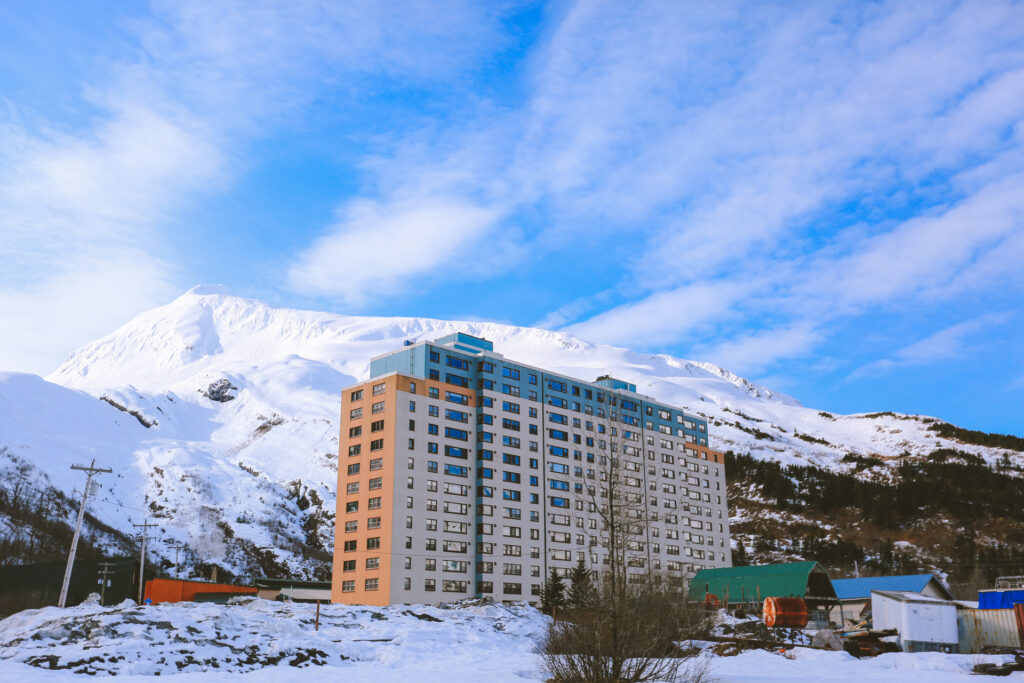What life is like in Chongqing, the largest city in the world

The megacity of Chongqing is the largest city in the world by population. In its center, residents are stacked in skyscrapers like beehives, some of which are so compact that residents can even chat with their neighbors in the apartment in front without even shouting.
The Sails of Scampia: when inclusive architecture turns against people

The Sails of Scampia was an urban project in Naples that ended up being demolished after being occupied by the Camorra. Why did it fail?
EPCOT, Walt Disney’s failed plan to create the city of tomorrow in the sixties

In the 1960s, Walt Disney had the dream of creating the world’s most advanced city,
EPCOT, but this project failed. Find out all about his vision here!
Government of Catalonia

The Government of Catalonia has embarked on a path towards the future in the field of advanced digital technologies, developing its own in the areas of the new space economy (NewSpace), G communications, artificial intelligence (AI), and blockchain technology. Advancements in these areas are enhancing the quality of life for the Catalan population and promoting economic growth in Catalonia, while also contributing to the country’s commitment to create a more prosperous, connected, and innovative environment.
Whittier, the town where 85% of the population lives in the same building

A town that lives in one building or a building in which an entire town lives. The story of the town of Whittier, Alaska, and the Begich Towers condominium is, at the very least, unique. The 14-story building is home to a church and even the mayor’s office and its history is related to the army.
Connected Smart Cities: How Smart Cities Connect and Thrive

One of the most defining features of a smart city is its capacity to assimilate new technologies. However, what do we understand by technology for smart cities? No, it is not a list of devices “that make urban life easier”.
What is arcology and how is it applied?

Arcology is the fusion of two words, architecture and ecology. It defines a model of city that evolves just like organisms, generating compact and live systems as they grow. Both disciplines share certain qualities which, if applied well, may resolve some of the numerous challenges facing cities today.
Guggenheim Museum Bilbao: 9 reasons why it deserves its global recognition among other iconic buildings

The Guggenheim Museum is one of the most emblematic buildings in Bilbao, but why is it so famous? Discover the details of this work of art and architecture.
Which are the 10 most sustainable cities in the world?

What are the 10 most sustainable cities in the world? Join us on this trip around the world where we will discover the most sustainable metropolises.
What are the benefits of green spaces in our cities?

There is an increasing amount of information available certifying the negative impact of nature deprivation in our environment, while the benefits of having large green areas in urban spaces are varied. Below we outline some of these and what ideas could help to build greener and smarter cities.